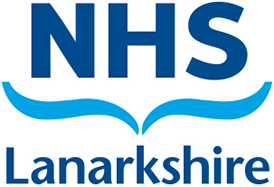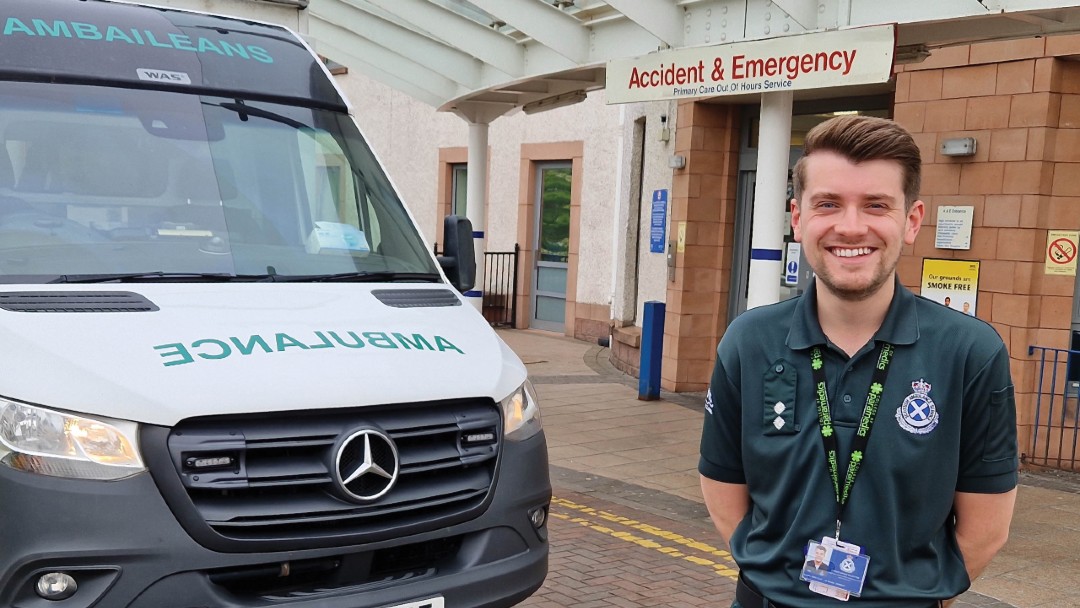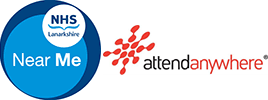Patients can expect swifter discharges and reduced ambulance waiting times thanks to a partnership between NHS Lanarkshire and the Scottish Ambulance Service (SAS).
The partnership has enabled hospital ambulance liaison officers (HALOs) to be embedded within the health board.
HALOs provide a direct link between the SAS and NHS Lanarkshire, with the aim to improve ambulance turnaround times and reducing patient offload delays, while also working with the discharge and patient flow teams to improve discharge planning.
Chris McIntyre, SAS HALO for Lanarkshire, said: “The aim of the HALO role is to minimise delays to getting patients from an ambulance into the hospital, to improve patient experience.
“This allows the most appropriate care for the patient’s medical need, ensuring prompt assessment and treatment by clinical staff and increases ambulance availability so we can respond to other calls in the community.
“Our liaison with the discharge team and SAS patient transport service speeds up collection time to get patients home quicker, improving patient flow.”
HALOs attend daily bed meetings at acute hospitals, creating action plans to address patient flow challenges. They also act as a link for the discharge staff and NHS Lanarkshire moving and handling advisors to assess and facilitate complex discharges, including risk assessments both on the ward and at a patient’s home. This work helps to avoid abandoned journeys, ensures a smooth transfer for patients and reduces bed blocking at acute sites.
The HALOs also work closely with emergency departments, including the consultant in charge, extended medical team and charge nurses, to minimise offload delays and ensure patients with high clinical need are prioritised.
This closer working partnership is part of Operation FLOW, a rapid improvement plan in response to the urgent and unscheduled care challenges across NHS Lanarkshire’s services.
NHS Lanarkshire and SAS are also increasing use of the Consultant Connect app and the Flow Navigation Centre to improve the patient journey. They have widened access to alternative care pathways, such as self-care advice or referral to other services, and this approach has reduced the number of patients who require transport to emergency departments.
Consultant Connect allows SAS teams to speak directly to senior clinicians to aid joint decision making to establish whether a patient can safely remain in their home rather than be taken to hospital.
Between both teams, a combination of observations, assessments, and reviews of patient history and medical records can be used to determine the best pathway for patients.
The app provides access to clinicians in emergency medicine, care of the elderly, palliative care, GP out-of-hours and maternity triage. It also allows connection with the Flow Navigation Centre, which in turn can provide access to mental health and social services.
Around 50 per cent of SAS’s demand is now being managed at point of call and on-scene without the need to attend an emergency department.
Gordon McNeish, NHS Lanarkshire emergency medicine consultant, said: “The increased use of Consultant Connect and the Flow Navigation Centre has helped to reduce the number of patients being taken to emergency departments, allowing them to stay in their own homes while still receiving a thorough clinical assessment.
“SAS teams are clinicians in their own right, but there are occasions where they require support from clinicians in hospital to assess the appropriate care pathway, and often we can make that assessment – remotely – in a matter of minutes.
“While a patient would always be taken to hospital if that is what they wish, in some situations it is more appropriate for them to remain at home. It prevents them having to wait in an emergency department when this is not required, reduces the time SAS teams have to spend in emergency departments waiting to handover their patients, allows them to move on to other patients and can impact waiting times for other patients in hospital.”
People who suspect an emergency is a risk to life or limb should telephone 999 for medical support, while any other urgent concerns can be addressed by telephoning NHS 24 on 111.
There is also advice and information on NHS Inform at www.nhsinform.scot.





